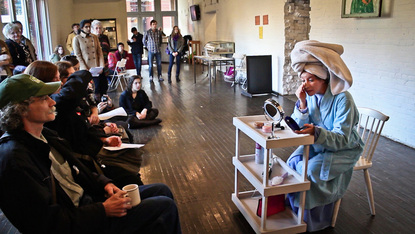
Anya was brought up Mennonite. When I first met Anya I asked her what one of her earliest memories was. She told me that it was squirrel hunting with her father in the woods of Western Pennsylvania and the sound of the skin as it is being pulled back from the squirrel meat. She explains to me that she grew up poor, but this was also part of the culture and did not seem like a strange first memory to her.
I grew up in Brooklyn, New York and although squirrels were a part of my life, the concept of “hunting” was very foreign to me. I just went to the bodega down at the corner when I was hungry.
When you talk with Anya, similar to speaking with the Egyptian artists, she often doesn’t recognize cultural references…because television and radio was not a part of her youth. In that way, working with Anya can be like a cultural exchange. She describes the photos she used as inspiration:
"The first one is of my Grandmother and her sister's holding up their first-born children. Although this looks like it was taken at the turn of the century it's actually about 1950. They are wearing traditional Mennonite head coverings and dress. The second photo is a picture of her holding my father as a child. The third photo shows the black head covering she would have worn out in public."
Muslims, Mennonites, and Mommies explores the influence of religion and fashion as it relates to womenʼs head coverings. In a free society where women may choose to cover or not to cover their heads, what influences the choices they make in this regard? Religious Teaching? Societal Pressure and Cultural Norms? Familial Obligations? Personal Convictions?”
I grew up in a very conservative Christian home in a denomination of Protestant Christianity called Mennonite. Mennonites traditionally dress very conservatively by western standards and Mennonite women used to commonly cover their heads by wearing what is called a prayer bonnet. The Biblical scripture that is often quoted as the reason for this is found in the New Testament in 1 Corinthians 11:2-13.
By covering their heads traditional Mennonite women were supposed to show reverence for “Godʼs order of things” – meaning that Christ is to have authority over man, and man is to have authority over women. Women were also supposed to cover their heads while in prayer – and since one is to be praying all day long, women were to war their head coverings all of the time. (Except for sleeping of course.)
However, in modern Mennonite teachings these verses have been reinterpreted through more researched Biblical translations. The mainstream Mennonite church no longer requires women to cover their heads.
In my lifetime I witnessed the transition from almost all women wearing head coverings to virtually no women wearing head coverings. For example my Grandmother wore her hair in a bun along with a very traditional covering until the day she died. At first my mother wore her covering all the time, then only to church, and then not at all. After I was baptized I wore a covering to church a few times and then never again.
In my research with my Mennonite family and friends on the topic of women’s head coverings, I found that surprisingly the strongest factor in women covering or not covering their heads was much more motivated by social peer pressure. If their church friends and family members wore head coverings they did too, and when friends and family members stopped wearing head coverings that was a big motivator for many of them to stop wearing them also.
I am no longer active in the Mennonite church, however, I am still a Christian and my spirituality strongly influences my artwork, which is often rooted in social justice causes.
I am also about to become a new mother of a little girl and am seven months pregnant. I will be about 8 months pregnant when “Muslims, Mennonites, and Mommies” premieres. Since I will be performing so obviously “with child,” I have decided to make this a part of my performance as well.
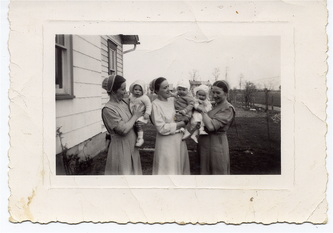
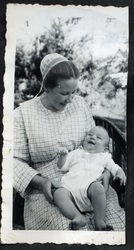
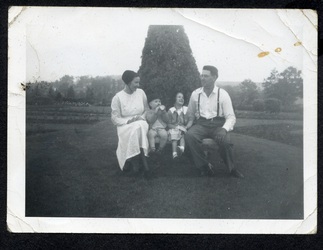
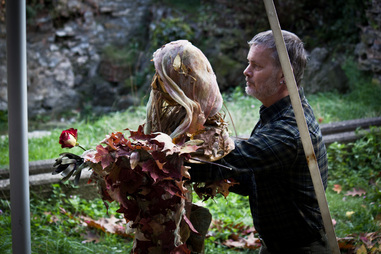
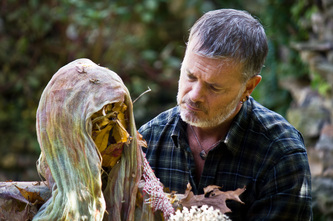
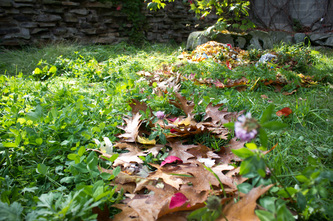
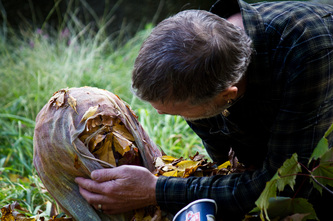
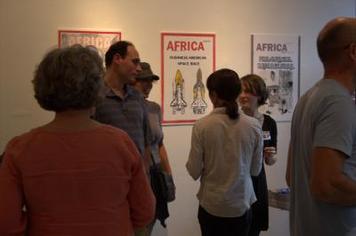
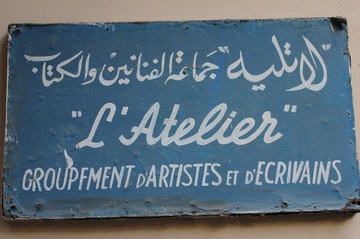
 RSS Feed
RSS Feed